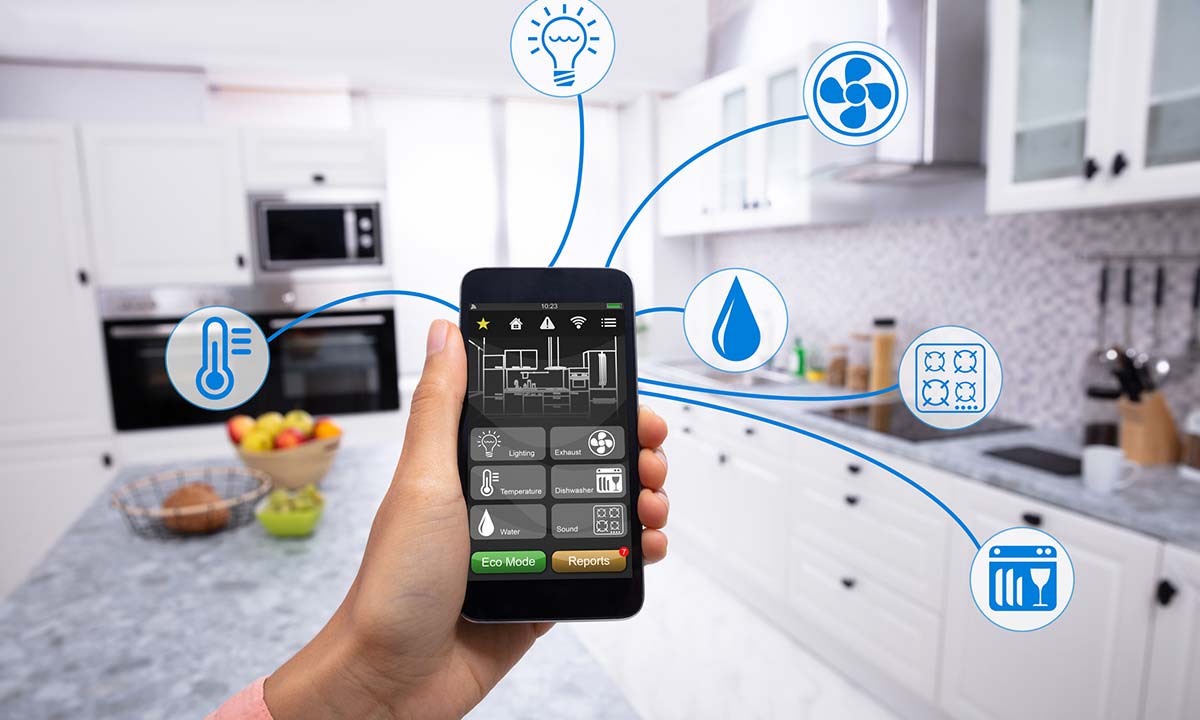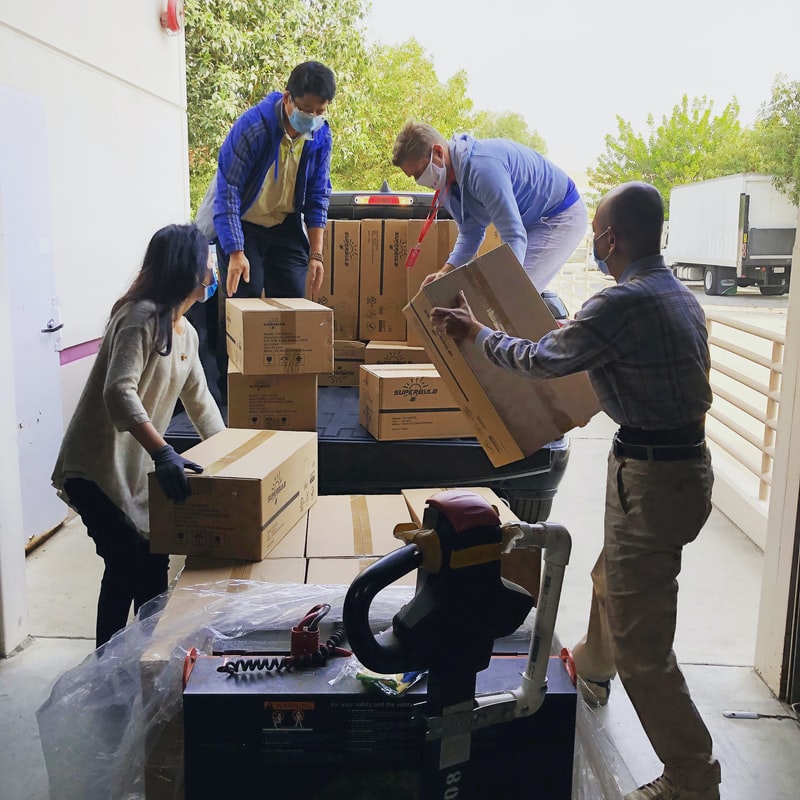How To Handle Toxic Water in Your Home
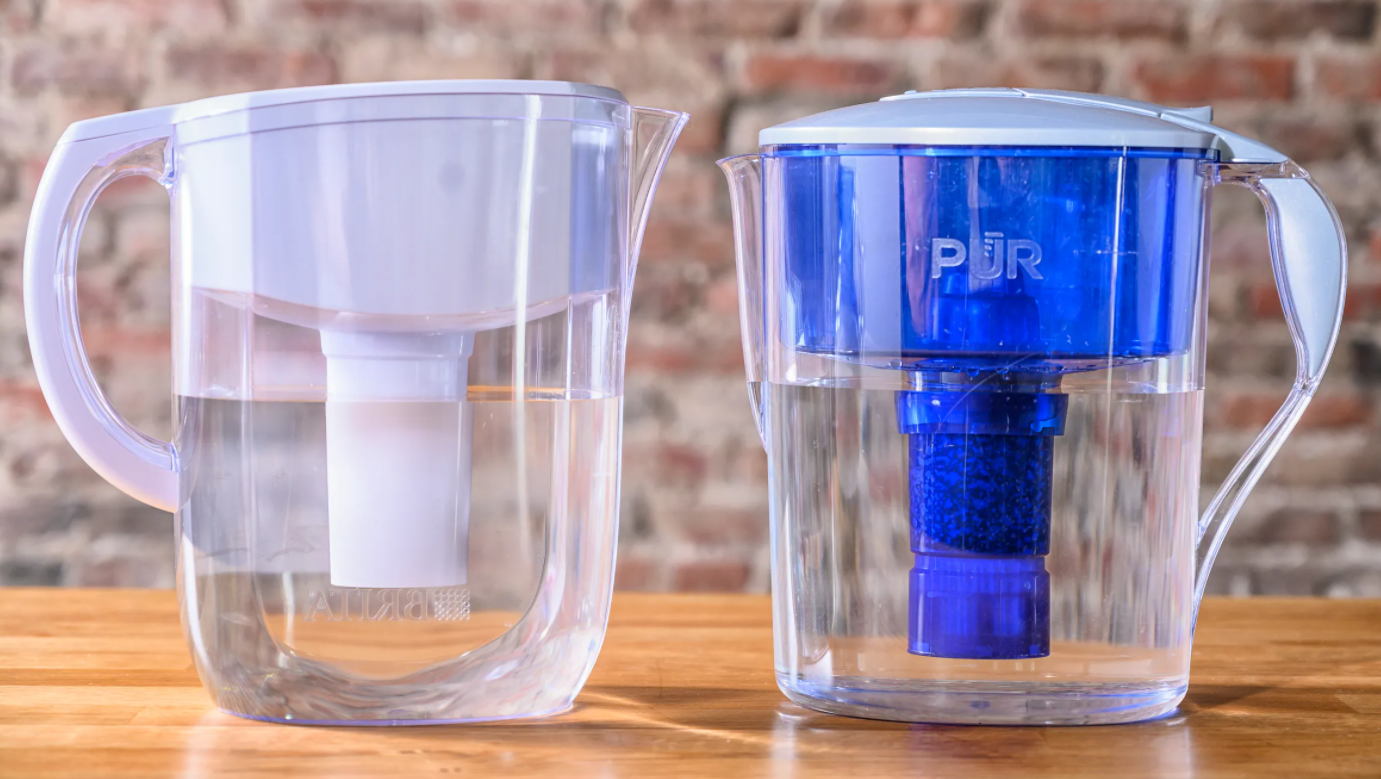
Unless you live somewhere with pristine and fresh drinking water year-round, chances are that you have experienced some form of water toxicity at one point or another!
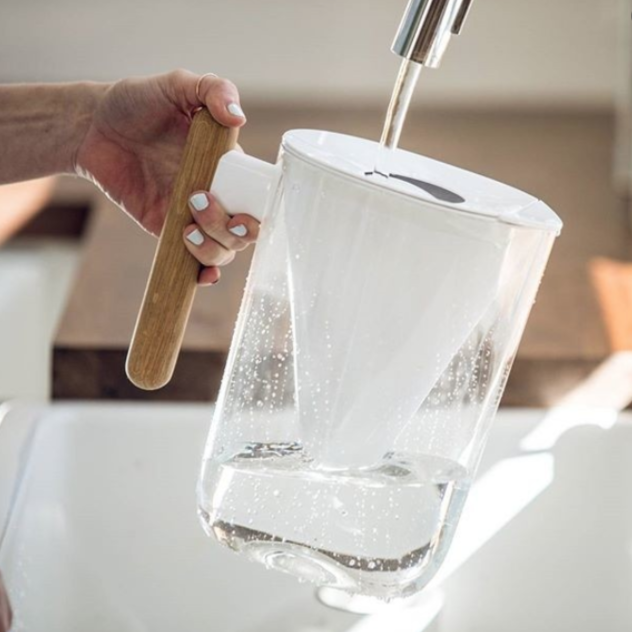
Photos By: Stock Images
Even in the cleanest cities and towns, there is always a chance for contamination. Whether it’s a natural disaster like a flood or an industrial accident like an oil spill, toxic water can appear almost anywhere and at any time.
There are laws that are designed to keep people and corporations from contaminating the water supply. There are also initiatives that can help people get compensation in the event that they sustain injuries due to toxic water exposure. For example, the president recently passed a bill that helps ex-marines get compensated if they were exposed to water toxins at the Marine Corps Base Camp Lejeune. That said, your best bet is to protect yourself from the dangers of water contamination early on. Here are some ways that you can handle toxic water safely and efficiently in your home.
Maintain Good Drainage
The best way to protect yourself from toxic water is to prevent it from entering your home in the first place. To do this, it is important to maintain adequate drainage and prevent standing water from building up in your home. Have your roof inspected regularly for any signs of damage, especially during times of extreme weather. Install backflow prevention devices to protect yourself from contaminated water. These devices can often be installed by plumbers at a relatively low cost.
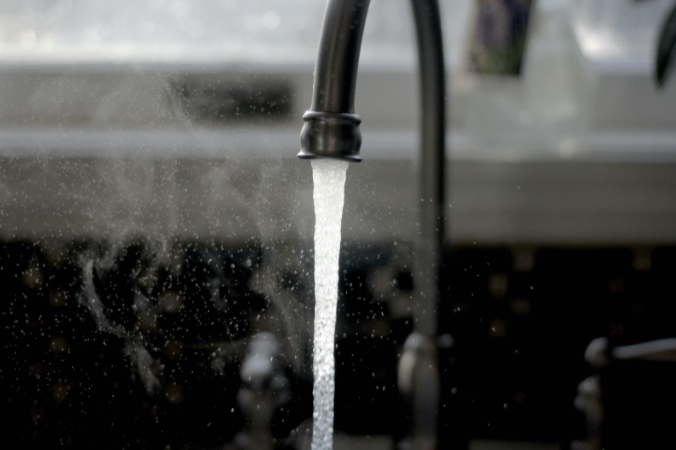
Stay Alert to Your Environment
Any time you are dealing with water, it’s important to stay alert to your environment. In the event of a flood, you will want to keep an ear out for local emergency and flood warning systems. Floodwaters are not only dangerous because of debris and structural damage, but they can also be contaminated with sewage and chemicals. If floodwaters are rising in your home, it’s important to turn off and seal off your utilities and evacuate if necessary. Similarly, if you are using an emergency water source like a water tank, make sure to keep an eye on the water levels.

Use a UV Water Purifier
A UV water purifier uses ultraviolet light to disinfect water. This is especially useful when dealing with floodwater contamination, as UV disinfection can kill bacteria, viruses, and other pathogens without adding any chemicals or harmful side effects to the water. UV water purifiers are best used in conjunction with a water filter or chemical treatment. This approach will help remove contaminants like dirt and sediment, while the UV light disinfects the water that passes through the filter. When dealing with floodwater, you will want to make sure your UV water purifier has enough capacity to handle your water flow. It’s also important to keep the UV light clear and free from debris.
The most important thing is to stay vigilant. Nothing is more important than the health and safety of your family, so be sure to keep an eye out for toxic water in your home. With these tips, you should have an easier time keeping your water clean.



